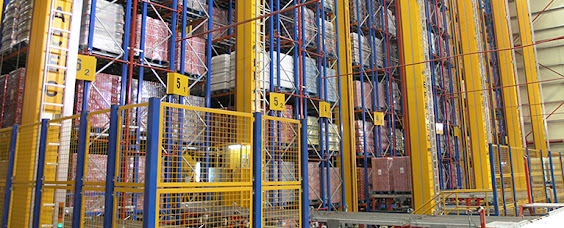Optimizing Efficiency: Best Practices for Operating Conveyor Belt Systems
Introduction to Conveyor Belt Systems
Conveyor belt systems are the lifeblood of many industries, especially those involving manufacturing or distribution. But, what exactly makes them so crucial? Well, they are designed to transport goods efficiently, reducing manual labor and optimizing workflows. However, to make the most of these systems, it's imperative to understand the importance of efficiency in conveyor belt systems.
Importance of Efficiency in Conveyor Belt Systems
You see, conveyor systems are much like the human circulatory system. The way blood flows through veins to keep our body working, conveyor belts transport goods to keep operations running smoothly. So, wouldn't you want this system to run as efficiently as possible, just like a healthy, pumping heart?
Understanding the Anatomy of Conveyor Belt Systems
To optimize a system, we first need to understand its components, much like knowing the parts of a car engine before tweaking it for performance. Let's have a look at the key components of conveyor belt systems.
Key Components of Conveyor Belt Systems
Belts
These are the backbone of the system, responsible for moving goods from one end to another. The choice of belt material can significantly impact efficiency.
Pulleys
Pulleys guide the belt and goods to their destination. They need to be appropriately placed and maintained to prevent operational issues.
Motors
These powerhouses provide the energy to move belts. Like a heart pumping blood, a motor's health can directly influence the efficiency of the conveyor system.
Optimizing Efficiency: The Best Practices
Now that we've covered the basics, let's dive into the best practices for optimizing efficiency in conveyor belt systems.
Regular Maintenance and Inspections
Regular inspections and maintenance are akin to regular health checkups. They can help detect issues early, reducing downtime and improving efficiency.
Choosing the Right Conveyor Belt
Just like you wouldn't wear winter boots on a beach vacation, you should choose the right belt for your operational needs. Material, size, and design all factor into this choice and directly influence efficiency.
Efficient Loading and Unloading
Imagine trying to stuff a suitcase to bursting—it's bound to cause issues. The same principle applies to loading and unloading on conveyor belts. Overloading can lead to inefficiency and potential damage.
Energy-Efficient Operations
Where possible, use energy-efficient motors and operations. Not only is this good for the environment, but it can also reduce operational costs.
The Impact of Efficient Conveyor Belt Systems
Finally, let's talk about the impact of an efficient conveyor belt system. Much like how eating healthy and exercising benefits our bodies, efficient conveyor systems also bring multiple benefits.
Cost Efficiency
An optimized conveyor system reduces wastage minimizes downtime, and cuts energy costs, resulting in overall cost efficiency.
Increased Productivity
With less downtime and faster operations, you get more goods moving—increasing productivity.
Enhanced Safety
An efficient system is also a safer system. Regular maintenance helps avoid accidents, while optimized operations minimize the chances of mishaps.
Conclusion
In conclusion, conveyor belt systems, when operated efficiently, can significantly boost an industry's productivity and safety while lowering operational costs. It's all about understanding the system, implementing best practices, and staying vigilant with maintenance. Remember, the heart of your operation deserves the best care possible! Also Read - The Impact of ASRS Systems on the E-commerce Industry
.png)

.png)

Comments
Post a Comment